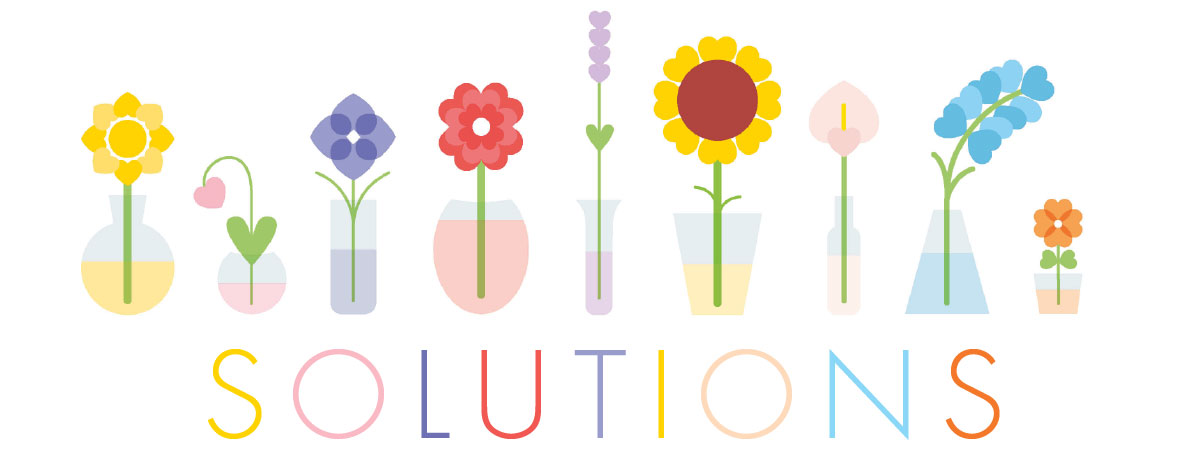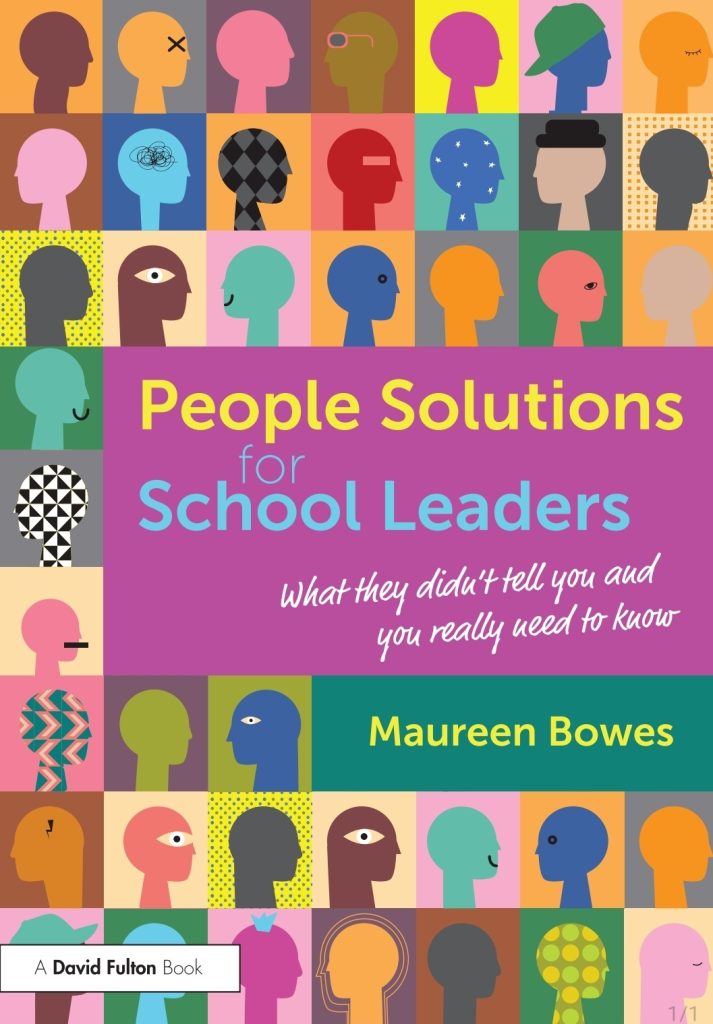
Strong Wings
No Access
You do not have access to the Solutions section. Please log in or subscribe here .
If you have just paid, or selected 'invoice', your payment may not yet have been processed. Please check again shortly, or contact solutions@peopleintelligence.com

